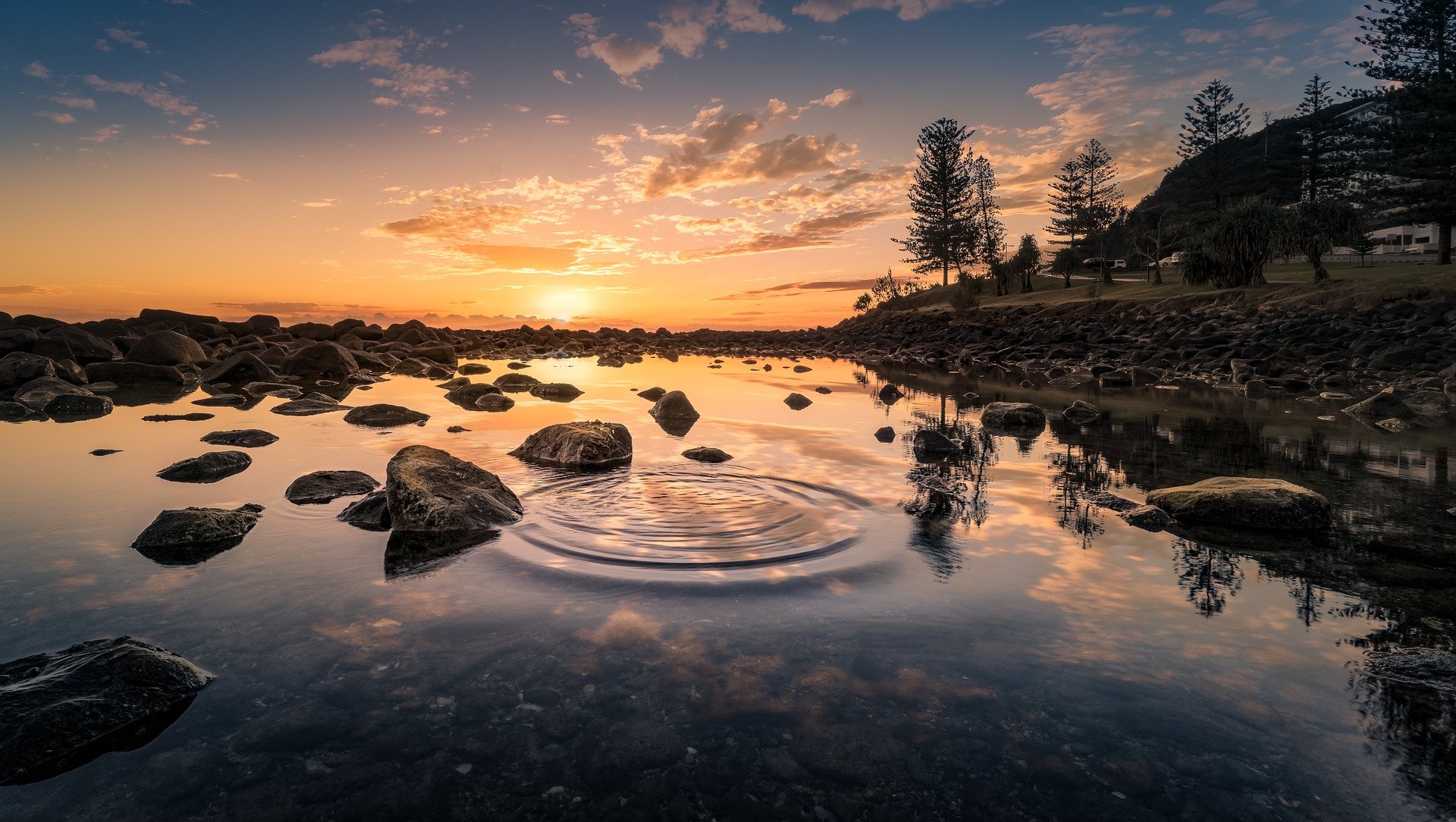Briefly analysed
Science communication cannot be just done. Tips and tools are needed to be sustainable. This includes financial support as well as practical handling. That is, how to communicate or how to reach the target group. Far too little attention is paid to analyze communication afterwards and to the results of studies on science communication. This process is time-consuming, but necessary for professional science communication. It would also be desirable to try something new more often. For example, how about a video abstract?
Tools What sustainable tools and tips are there for science communication? Hindawi has compiled some in a guide. In addition to formal support, practical guidance is provided – for example, using a story for communicating the research or using a video abstract. We present a few in our find.
Share your knowledge – could be the motto of Hindawi. Among other things, the scientific journal publisher is committed to Open Science and to ensuring that resources are freely accessible. Hindwai wants to support scientists in their communication. In the handbook A Comprehensive Guide to Science Communication, they provide tips for science communication. We have summarized a few in our find.
Scrutinize and analyse
For a sustainable science communication, support is needed. This manifests itself in many ways: research results from science about knowledge communication should be included. After all, much of science communication does not get across. People often communicate in the way others do – in other words, primarily in formats that are currently up to date. Science communication should be scrutinized and analyzed more often. It would also be better to get financial support. In addition to the recommended framework, there are practical tips. Among them is the way to communicate.
With the people
If scientists want to reach people who have less affinity for scientific topics, he/she must come to them. Before that, it is important to find out where the target group is located. Younger people are mainly represented on YouTube, the older generation in bars, for example. Once you know the people, who should be addressed, you should find out how they speak. It is necessary to use the same language. Otherwise, the recipient may feel that he or she is considered inferior. Or he or she does not feel addressed in the first place.
People like stories. This way, science can be communicated in passing and is better remembered. Hindawi suggests the classic hero’s journey. The narrative starts with in an environment that is familiar to the target audience and takes them into a world that they first must explore. How research can be applied to this is in the guide on page 34.
Research in an video-abstract
In addition to stories, people are fascinated by videos. In today’s media world, it’s hard to imagine life without them; we encounter them all the time. A short research summary of no more than three to four minutes encourages people to learn more. If you prefer to write, you can start your own blog. Or have journalists interview you about your research. Another option is to engage the institution’s communications team.
No matter how they communicate, scientists should not be afraid to try new things. If something doesn’t work, analyze it and do it differently next time. It helps a lot to test and be inspired by others. Science communication gets better especially when we engage in an exchange.
Click here for the full guide.
 Photo: Pixabay
Photo: Pixabay